|
Butter coffee has been around for thousands of years, the first evidence of it being consumed was during the ninth century in Ethiopia. More recently, adding butter to coffee has been taken up by fitness enthusiasts and those on ketogenic diets.
0 Comments
It's that time of year again, when we look back on all the beautiful and challenging times of the past year. Here's some of our favorite memories from 2022.
We are proud to handcraft fresh cheese curds and cheddar cheese every week in our creamery. A lot of attention is paid to the way we handle and process our milk into all of the cheesy goodness that we produce. From the farm to the finished product here’s a few fun cheese facts you can share over the appetizer table this holiday!
This weekend we invited Santa and our Christmas Calves up to the creamery! Snowflake and Irene took a ride in the back of the suburban to get here. The snowy weather was perfect and I'm sure made Santa's sleigh ride here much more enjoyable.
Coffee with Karen is a daily occurrence on the farm for us. Karen is a 6 year old Jersey cow who came to our farm about 4 years ago and instantly became a favorite. If you follow us on any of our social media account you've definitely seen her. Maybe it's her lovable personality or her crazy quirks, but she's hard not to notice!
Most mornings when she's done milking she hangs out in the parlor before making her way back to the barn for breakfast. Sometimes she wants a few head scratches or she hangs out with her favorite dog, Shelia (they have a special bond). Either way we're happy to spend a few extra minutes with her while we drink our coffee and she chews her cud. A tall stack of these alongside your Pumpkin Spice Latte are the perfect start to any fall weekend. What screams fall more than pumpkin? This pancake recipe is the perfect addition to your autumn line-up and will make your house smell perfectly pumpkiny. It’s a great fall breakfast, lunch or dinner (because breakfast for dinner is everyone’s favorite). My kids were over the moon about having pancakes for lunch! I love making pancakes from scratch, such a simple recipe and one that you can definitely taste a difference. Plus, I get to use my favorite WW Homestead Dairy milk and butter.
Today’s dairy shelves are filled with so many options, sometimes it’s hard to know where to even start. Rather than throw in the towel and grab whatever is closest, read on for some differences between conventional milk and our non-homogenized options.
What are the Differences Between Homogenized and Non-Homogenized Milk? When milk is left in its natural state, a layer of cream floats to the top and settles. It creates a beautiful layer of pure cream. Milk that has been homogenized has gone through a process that forces the milk fat globules to break into smaller pieces, this keeps them suspended throughout the milk and prevents the natural separation from occurring. Why did the Dairy Industry Switch to Homogenized Milk? You might be wondering why the dairy industry would choose to homogenize milk and change it from its perfect natural state. Milk is not homogenized to alter its taste, but it does give it a smoother looking texture and a more uniform product. Even though you notice these changes visually, our customers actually find that our non-homogenized skim milk tastes smoother and richer then homogenized skim milk. Milk is homogenized as a convenience to consumers. Since the milk fat stays uniformly suspended there is no need to shake or redistribute the milk before drinking. But we all know that just because something is a little more convenient does not make it better. Sometimes the more natural a product is, the better it is for us! A little shake and the cream in your milk will re-suspend and you can pour the perfect glass of milk. Benefits of Milk Minimally processed milk preserves its health benefits. There are no studies to show that non-homogenized milk is easier to digest. Anecdotally, our customers tell us that they previously thought they were lactose intolerant, but able to drink our milk with no issues! Milk is one of the most perfect sources of protein. One cup contains 8 grams of complete protein, meaning it contains all of the essential amino acids your body needs. Dairy products provide more calcium, protein, magnesium, potassium, zinc and phosphorus per calorie than any other typical food found in the adult diet! If you’re not a fan of a cold glass of milk, try it in a smoothie, oatmeal or adding it to all the delicious fall soups you’re making this time of year. Milk has been proven to help athletes repair muscle damage. Drinking milk after a tough workout can decrease muscle damage, promote repair, increase strength and even help decrease muscle soreness! It is a great alternative to processed protein drinks that are made for post-workout recovery. Drinking milk also provides the perfect supplement for bone support. Studies have shown that the combination of calcium, phosphorus, K2 and other vitamins in milk help with bone growth and decrease the risk of osteoporosis. https://www.ncbi.nlm.nih.gov/pmc/articles/PMC4703621/ Another Fresh Curd Friday is here and this week we are introducing you to a familiar face at WW Homestead Dairy. If you’ve been in our retail store over the last year or ordered product from us, chances are you may have seen this lady around. Anna, is the youngest of Tom Weighner’s four daughters and has been working on the farm and at our processing plant since high school.
Cheese and cheese curds are the perfect easy snack for kids and adults. Read on for some of our favorite, simple ways to enjoy WW Homestead Dairy cheese!
1) The easiest and the simplest, grab a bag of your favorite cheese curds and start snacking. If you need to make snacks for the whole week, split them up into small snack bags or containers. This way you won't eat the whole bag in one sitting and kids love having a special bag or container to eat their snacks out of. You can also grab some of your favorite jam, mustard, honey or dipping sauce. Dip those curds! You might never want to eat them another way. |
WW Homestead Dairy Team
We love cows, curds & ice cream!!! Archives
June 2023
Categories
All
|
Summer Hours
|
Telephone563-568-4950
|
|
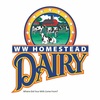
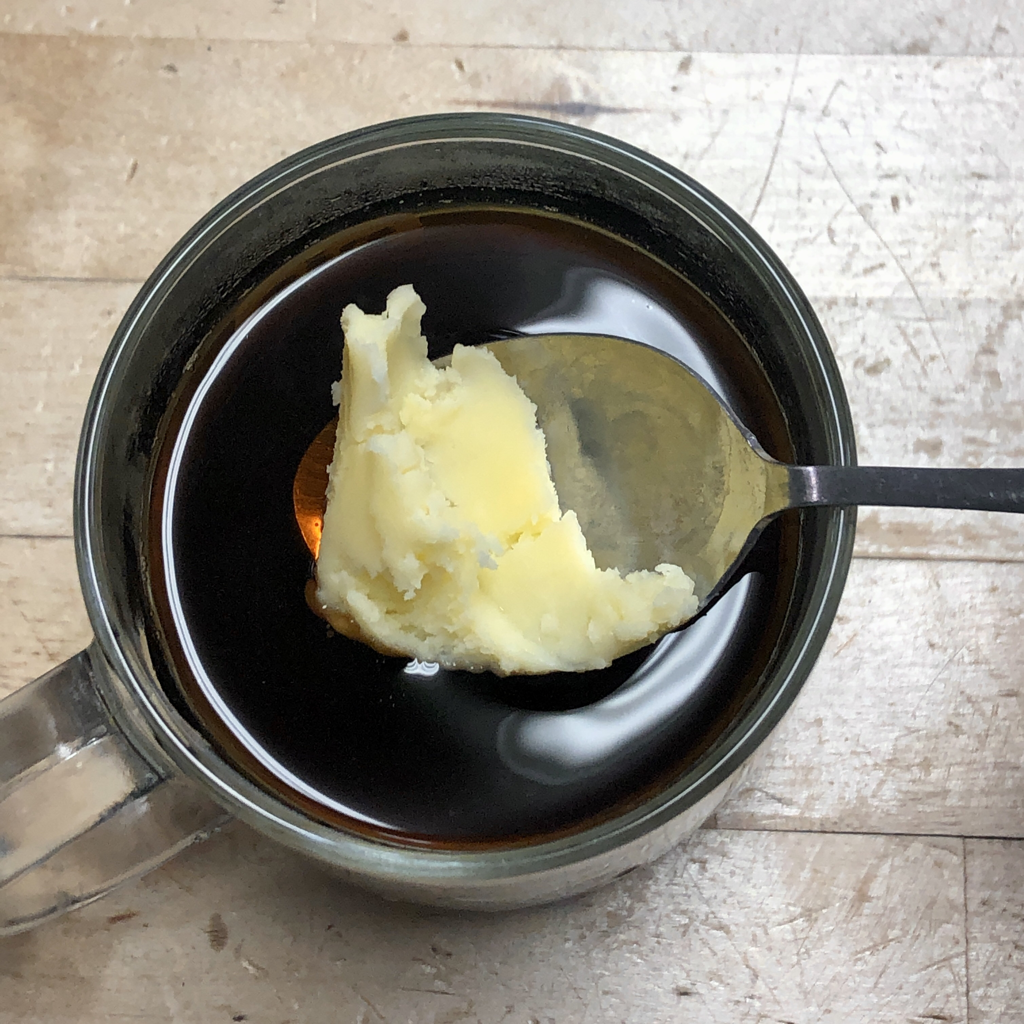
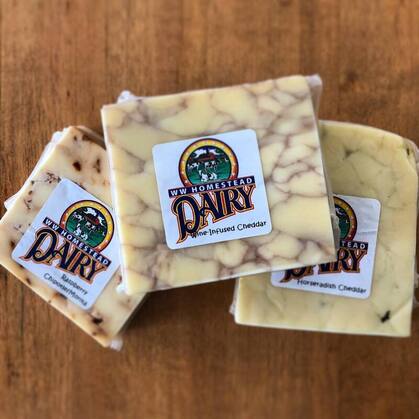
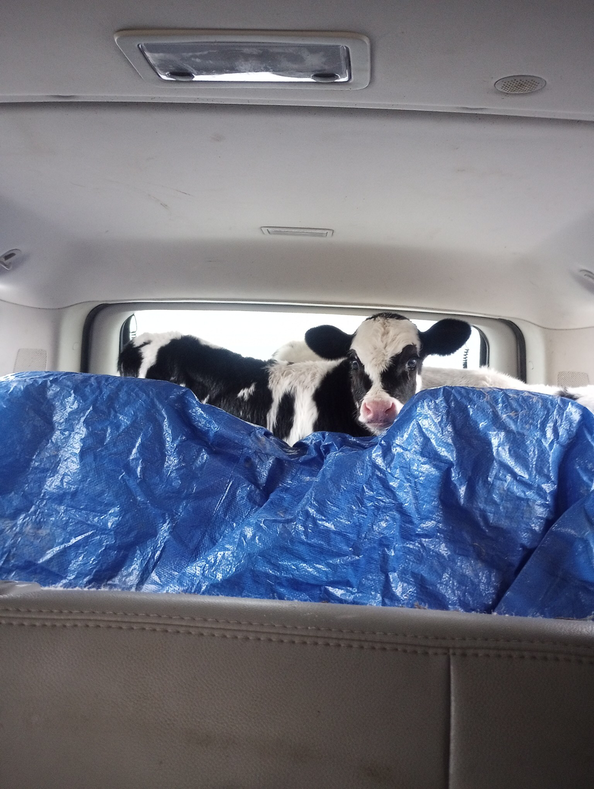
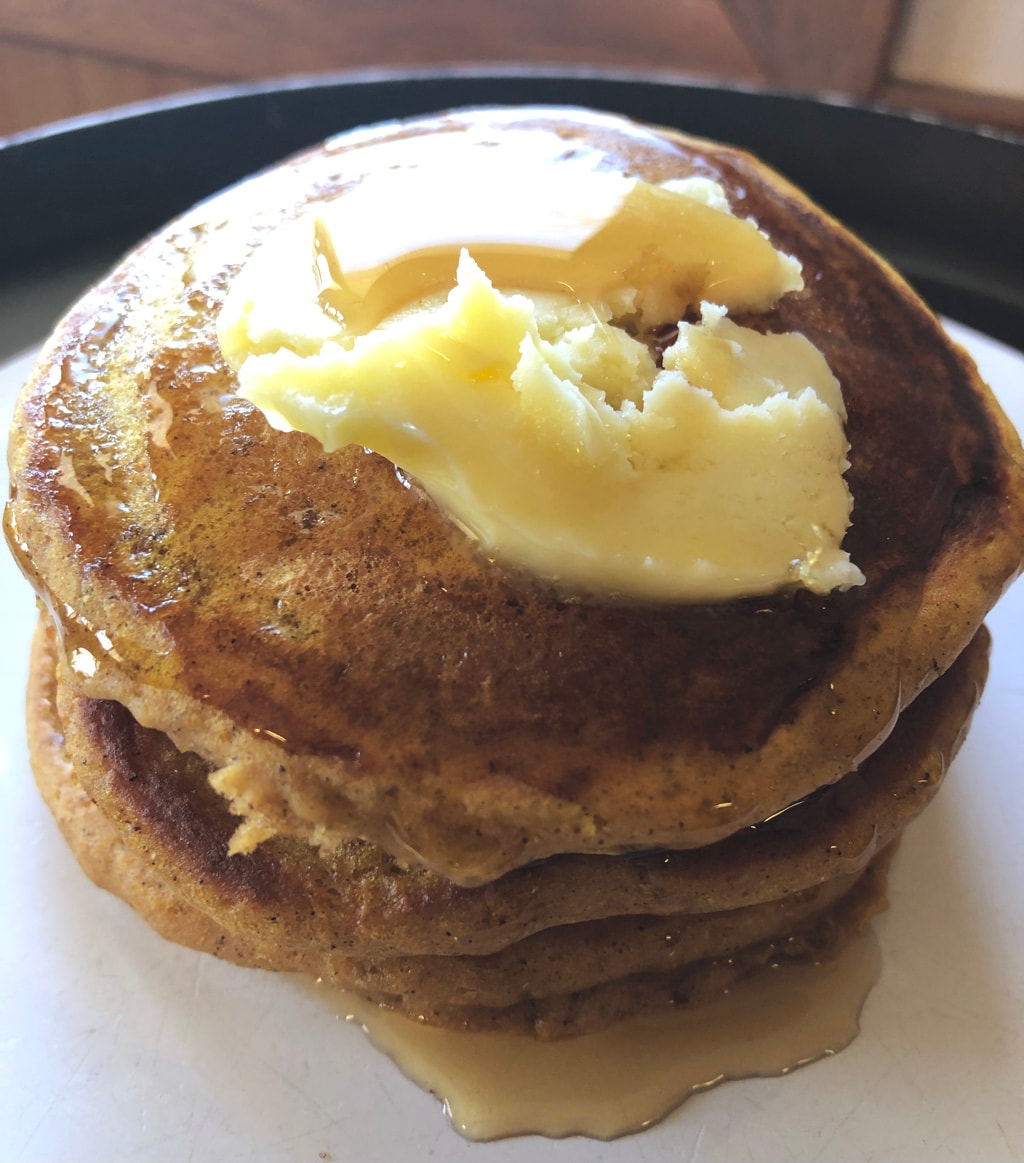
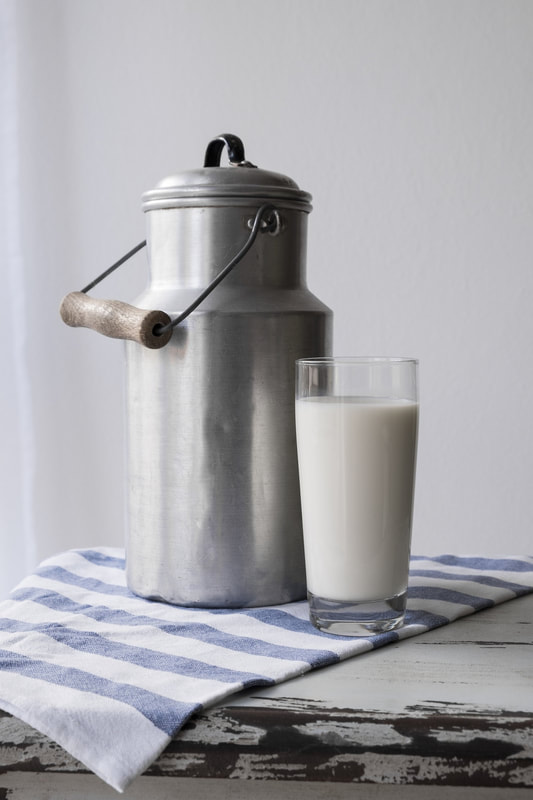

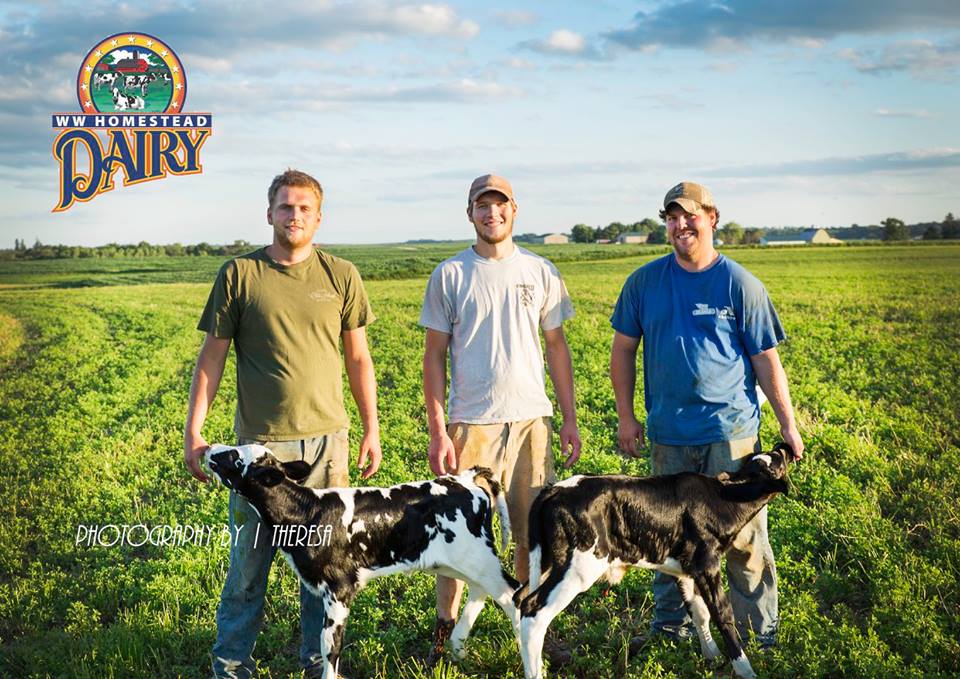
 RSS Feed
RSS Feed